Rising Demand for Smart Textiles
The increasing demand for smart textiles is a primary driver of the Conductive Fabric Market. As consumers seek innovative solutions that integrate technology into everyday clothing, the need for conductive fabrics has surged. These materials enable functionalities such as touch sensitivity and temperature regulation, appealing to both fashion and functionality. The market for smart textiles is projected to reach approximately 5 billion USD by 2026, indicating a robust growth trajectory. This trend is particularly evident in sectors such as sportswear and healthcare, where performance and comfort are paramount. Consequently, manufacturers are investing in research and development to create advanced conductive fabrics that meet these evolving consumer expectations.
Increased Focus on Sustainability
The increased focus on sustainability is a notable driver of the Conductive Fabric Market. As consumers and manufacturers alike prioritize eco-friendly practices, there is a growing demand for sustainable conductive fabrics. These materials are often produced from recycled or organic fibers, appealing to environmentally conscious consumers. The sustainable textiles market is expected to reach approximately 8 billion USD by 2027, indicating a shift towards greener alternatives in the textile industry. This trend is prompting manufacturers to innovate and develop conductive fabrics that not only meet performance standards but also align with sustainability goals. Consequently, the integration of sustainable practices in the production of conductive fabrics is likely to enhance their market appeal.
Advancements in E-Textile Technology
Technological advancements in e-textile development are significantly influencing the Conductive Fabric Market. Innovations in materials science have led to the creation of lighter, more flexible, and durable conductive fabrics. These advancements facilitate the integration of electronics into textiles, enhancing their functionality. For instance, the introduction of nanotechnology in fabric production has improved conductivity while maintaining comfort. The e-textile market is expected to grow at a compound annual growth rate of over 25% in the coming years, reflecting the increasing adoption of these technologies in various applications, including military, automotive, and consumer electronics. As a result, manufacturers are compelled to adapt and innovate to remain competitive in this dynamic landscape.
Expansion of Automotive Applications
The expansion of automotive applications is emerging as a key driver for the Conductive Fabric Market. As the automotive sector increasingly incorporates electronic systems for enhanced functionality, the demand for conductive fabrics is on the rise. These materials are utilized in various applications, including heated seats, touch-sensitive controls, and advanced infotainment systems. The automotive textiles market is anticipated to grow significantly, with a projected value of over 30 billion USD by 2027. This growth is driven by the need for lightweight materials that improve fuel efficiency while providing enhanced comfort and safety features. Manufacturers are thus focusing on developing conductive fabrics that meet the stringent requirements of the automotive industry.
Growing Interest in Wearable Health Monitoring
The growing interest in wearable health monitoring devices is a significant driver for the Conductive Fabric Market. As health consciousness rises, consumers are increasingly adopting wearable technologies that track vital signs and physical activity. Conductive fabrics play a crucial role in these devices, enabling seamless integration of sensors and electronics into clothing. The wearable health technology market is projected to exceed 30 billion USD by 2025, underscoring the potential for conductive fabrics in this sector. This trend is further supported by advancements in wireless communication technologies, which enhance the functionality of wearable devices. Consequently, manufacturers are focusing on developing conductive fabrics that are not only functional but also comfortable and aesthetically pleasing.


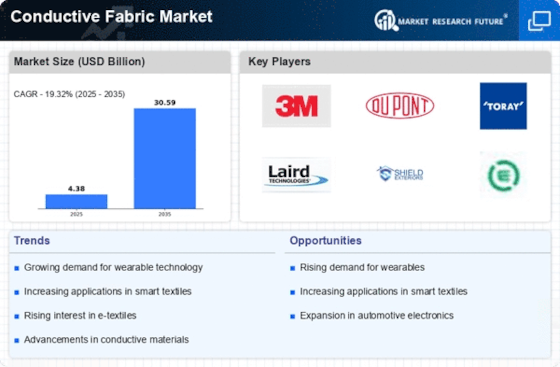
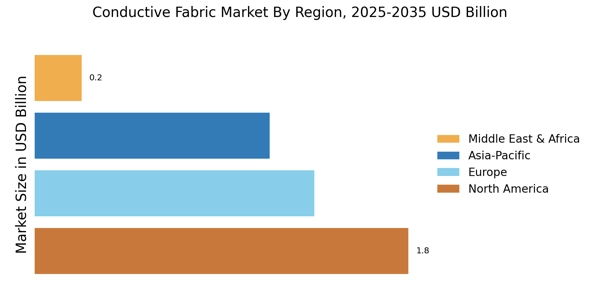


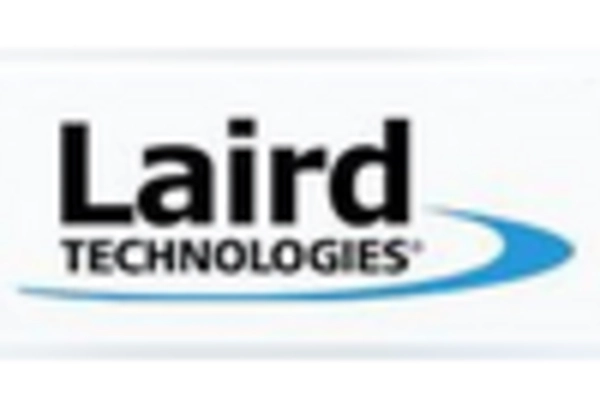
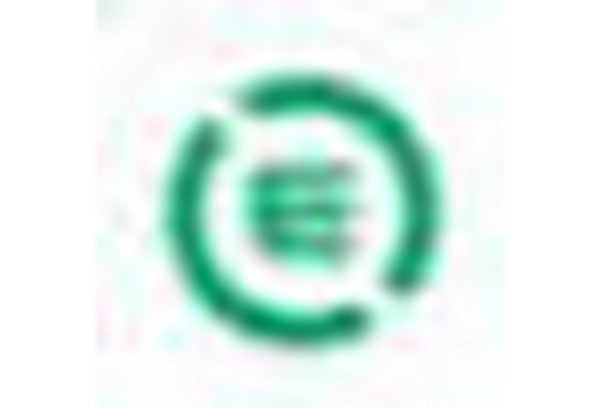
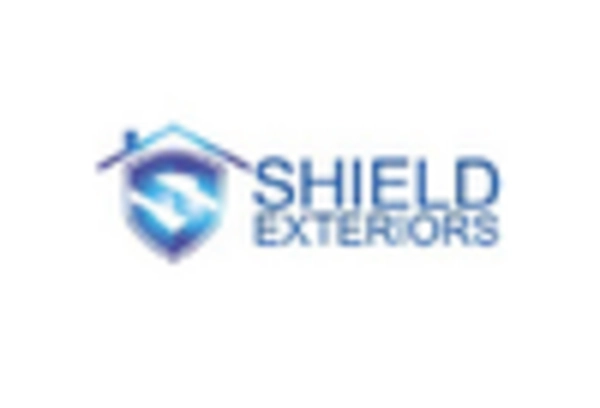
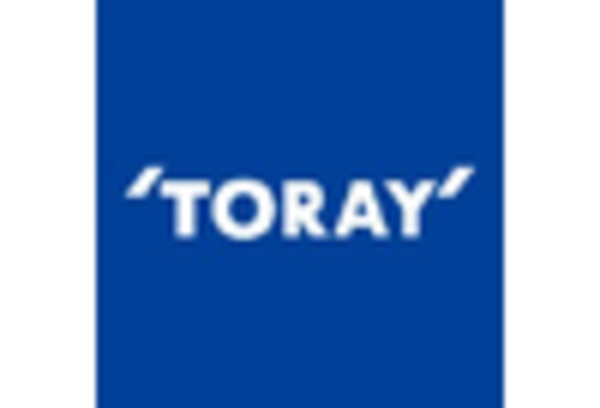








Leave a Comment